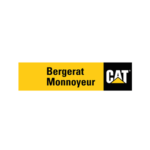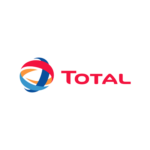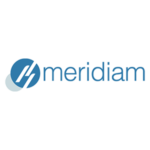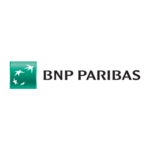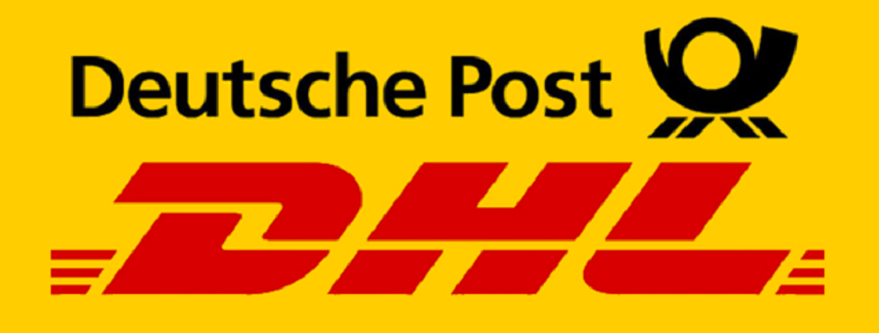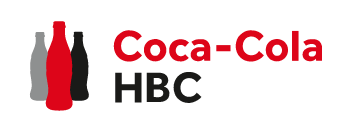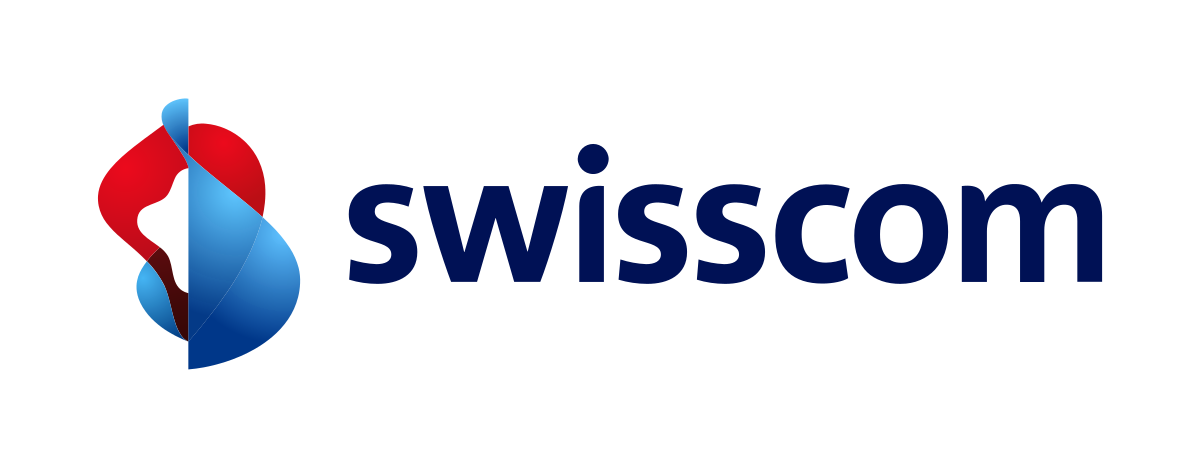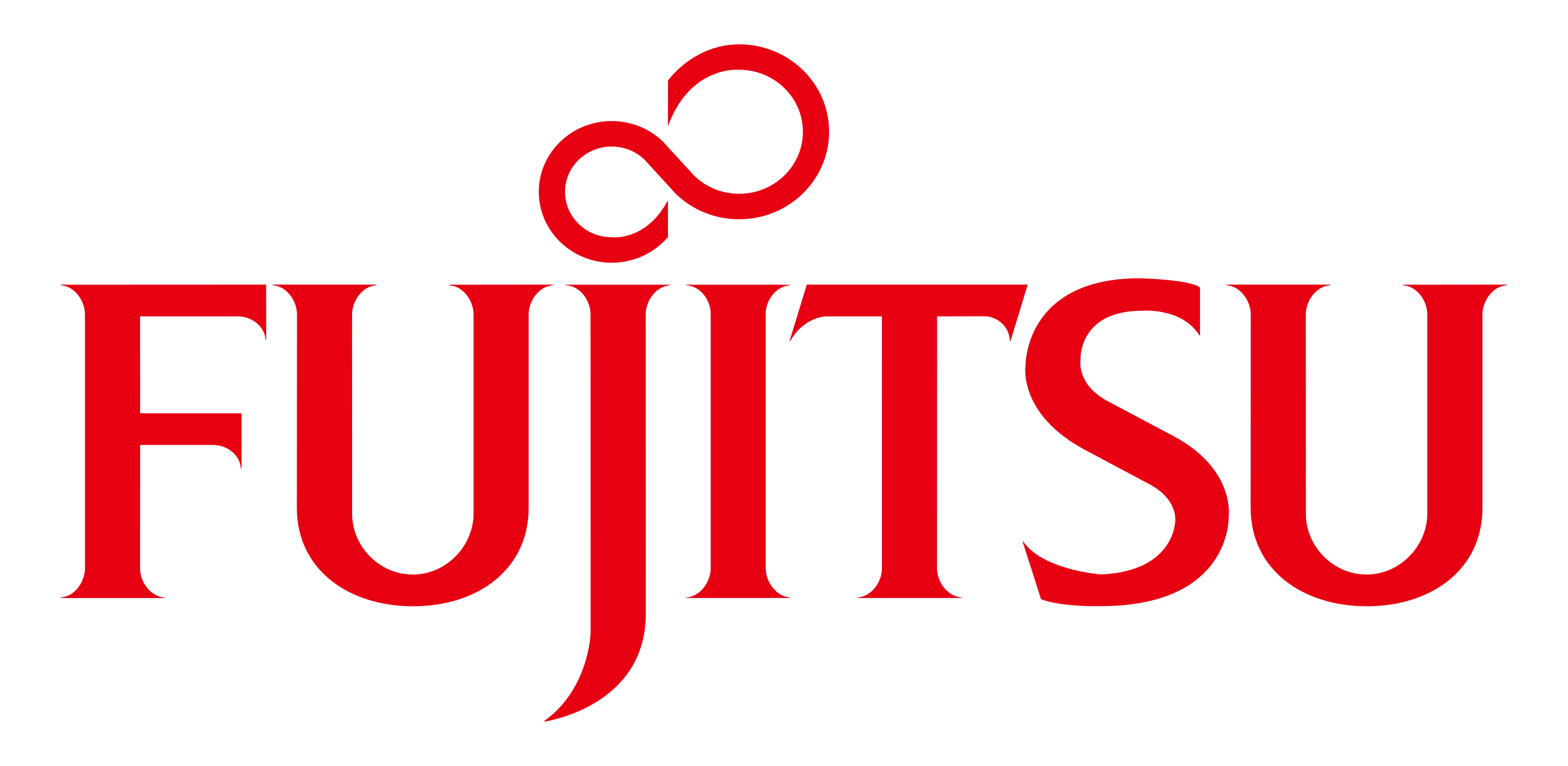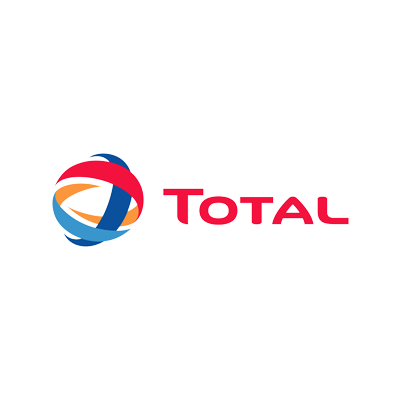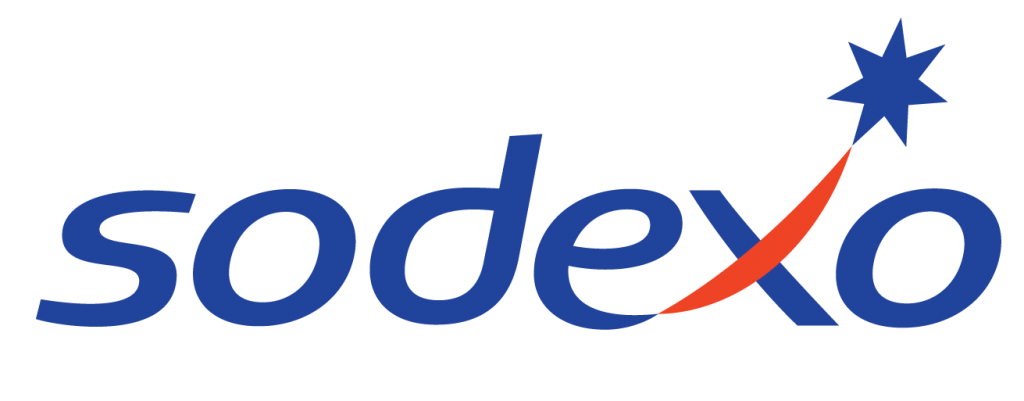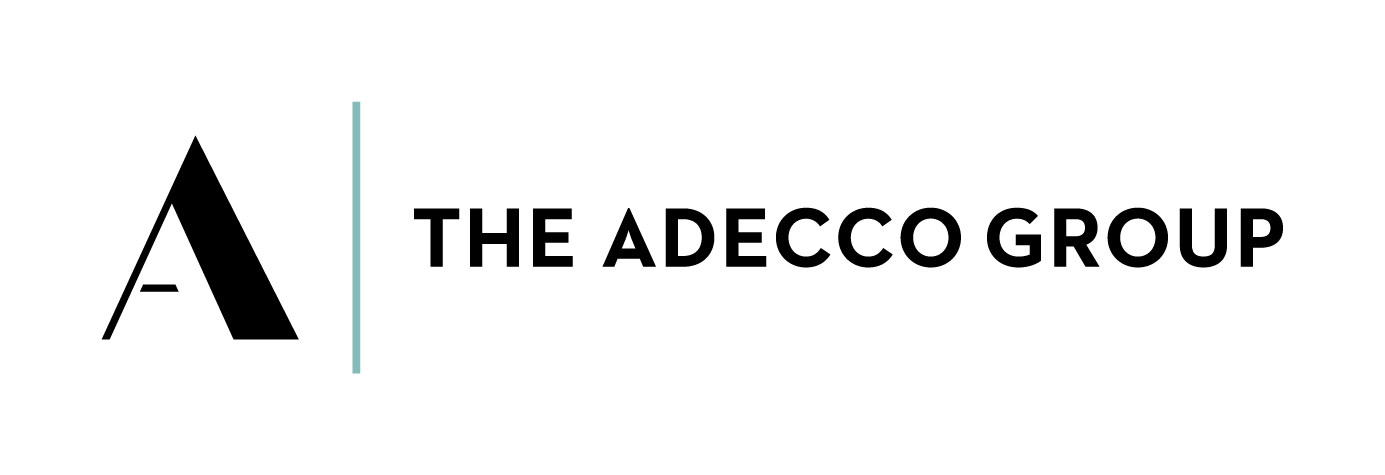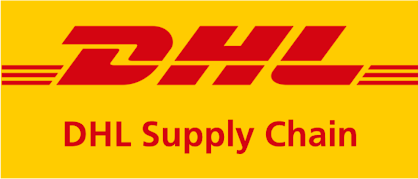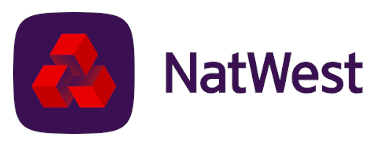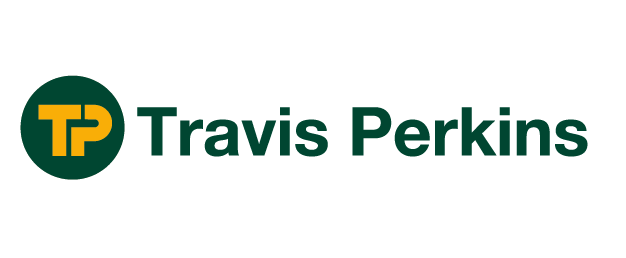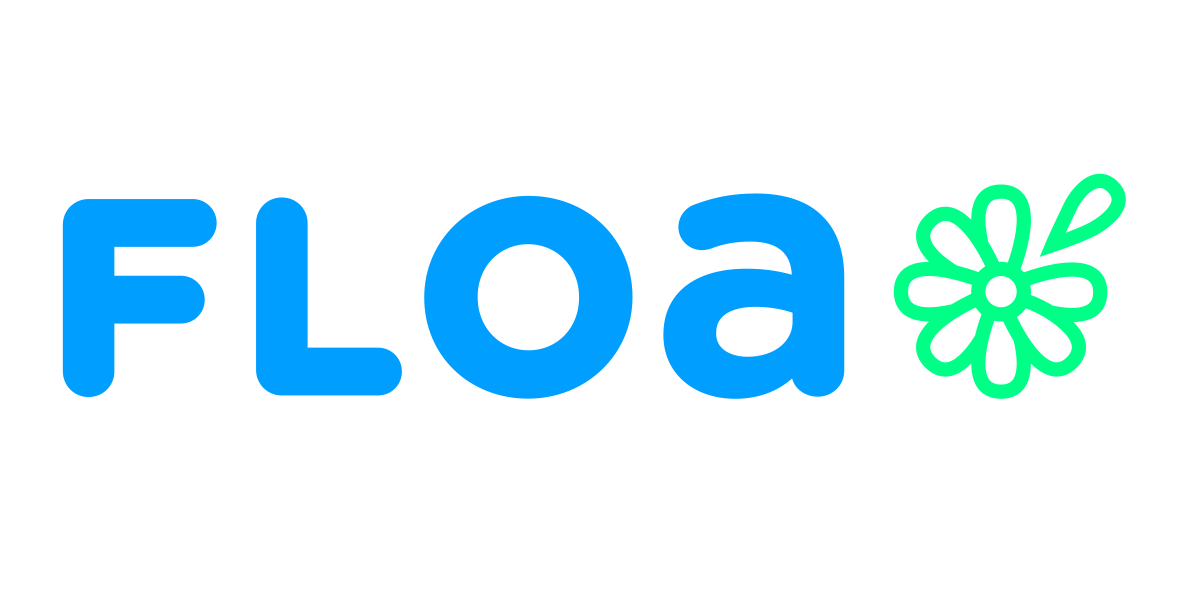From previous articles, you could find out where the idea for working in Scrum in our HR&Office team came from and what benefits we get from it. It’s time for a case study!
Scrum in HR - topic and stakeholders
The topics we deal with in Scrum come to us from various sources. Sometimes we implement our HR and office projects – current ones or those that have been waiting for the right moment, and sometimes they come from outside – this was the case with Competency Matrix. In this article, I will discuss the Scrum process for this project, but if you want to learn more about the Competency Matrix itself, take a look at our other insights on this subject.
Challenges of the Competency Matrix topic
Working on the Competency Matrix was a complex project and an interesting challenge for us. We have not had a similar tool in our organization before, so we had to build it from scratch. This raised many questions at the beginning:
– what elements should our matrix contain to meet the expectations of managers?
– how should the tool be designed to be functional and easy to use?
– should we use dedicated solutions available on the market or build our own?
– … and many others 🙂
The key area was also cooperation with stakeholders – managers and employees who had an active contribution to the creation of the solution. Finally, the project took over 2 months and was completed within the set deadline. Are you curious how working in Scrum helped us in this implementation?
Scrum in HR - planning
As we mentioned in the previous article, we see many benefits from Scrum events that organize our work. Sprint Planning was very helpful to us with Competency Matrix. Creating the Product Backlog and User Stories at the beginning, and then the subsequent Sprint Backlogs, allowed us to plan our work thoughtfully and divide this complex project into smaller parts – set priorities, prepare a preliminary schedule of activities and divide tasks among ourselves. Proper planning of work, its estimation and embedding in the calendar was particularly important also due to the timing of the project, which fell during the holiday period – the project required commitment of employees, and thinking through all the actions at the beginning allowed us to avoid delays despite the holiday season.
Work in progress
We started our work with research and sharing knowledge about the Competency Matrix, both in our development team and among stakeholders. We prepared short workshops for leaders and a handout so that at the beginning of the project we had a common vision and clarified expectations. The next, fundamental step was to develop a list of competencies together with managers. After completing this stage, we could deal with the next elements – consultations and a survey for employees, preparation of the final tool in Excel and supporting leaders before and after 1:1 meetings. During the work on the matrix, regular reviews with stakeholders and providing them with the solutions piece by piece were valuable. Thanks to that the work was smooth and we were able to update the products on an ongoing basis, following the feedback received.
Summary and plans for the future
The culmination of the project was the presentation of the final tool and a summary of conclusions – both from the development team and stakeholders. This also allowed us to develop a list of additional elements with which we can expand our MVP over time. Managers also received a guide to help them work with the tool in the future, and all technical issues were described in the document.
If you are curious about our final product looked like, read the articles about Competency Matrix!



